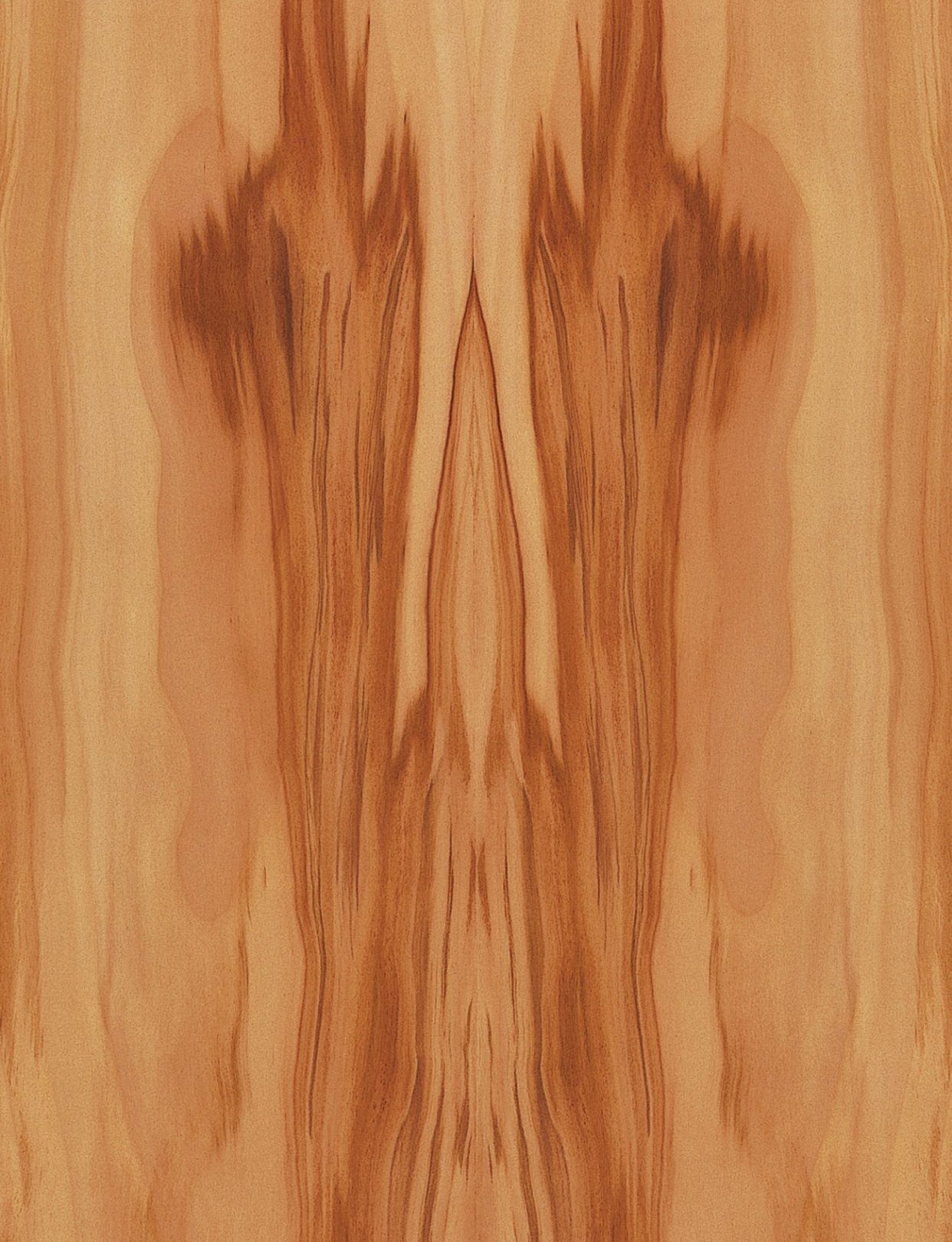
Apple
Malus sylvestris

Trade Names
Apple
Origin
The Appletree was originally indigenous in the West Indies.
Range
Today distributed throughout all of Europe with the exception of Northern Europe and in West Asia. Since the trees generally have small diameters and are almost always strongly twisted, too, this wood has hardly any significance for the veneer industry. Wild growing trees are better suited for veneer than cultivated trees.
Uses
As veneer or slicing wood exclusively used in interior architecture. Other than that also used for tool and knife handles cabinet making and turneries.
Properties
It is most difficult to differentiate between the sapwood and the heartwood. The sapwood is reddish brown, the heartwood being reddish to red-brown. The wood often has pith flecks, but hardly any sheen. Annual rings and annual zones are poorly defined. Pores and pith rays cannot be recognized with bare eyes.
Machining
The Appletree is difficult to work since its wood is generally twisted and has an alternating spiral grain. However, the planed surfaces are very smooth when correctly machined.
Seasoning
To counteract its tendency to check or warp this wood should only be prepared for drying in small dimensions or in edge form. Drying is very slow.
Finishing
Any of the usual surface finishes can be used. The most beautiful effect is achieved with polished surfaces.
Jointing
Screw and nail joints hold firmly.

